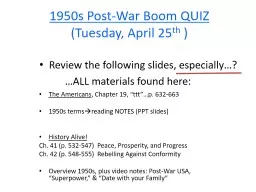PPT-1950s Drama The “Golden Age of Television”
Author : karlyn-bohler | Published Date : 2019-11-30
1950s Drama The Golden Age of Television Why Should We Study TV TV is a reflection of culture or social reality a social ritual in which we all share Produced for
Presentation Embed Code
Download Presentation
Download Presentation The PPT/PDF document "1950s Drama The “Golden Age of Televis..." is the property of its rightful owner. Permission is granted to download and print the materials on this website for personal, non-commercial use only, and to display it on your personal computer provided you do not modify the materials and that you retain all copyright notices contained in the materials. By downloading content from our website, you accept the terms of this agreement.
1950s Drama The “Golden Age of Television”: Transcript
Download Rules Of Document
"1950s Drama The “Golden Age of Television”"The content belongs to its owner. You may download and print it for personal use, without modification, and keep all copyright notices. By downloading, you agree to these terms.
Related Documents

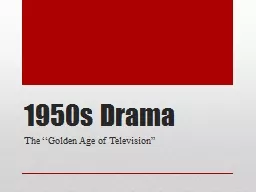


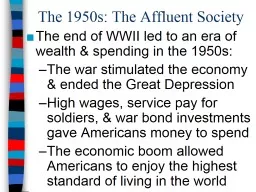
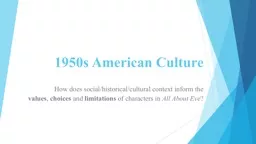

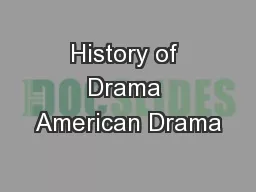


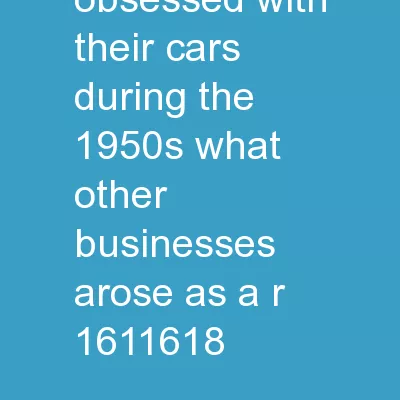
![“DRAMA” Types of Drama Tragedy: [solemn, personal, religious & Social Issues]](https://thumbs.docslides.com/762817/drama-types-of-drama-tragedy-solemn-personal-religious-amp-social-issues.jpg)
